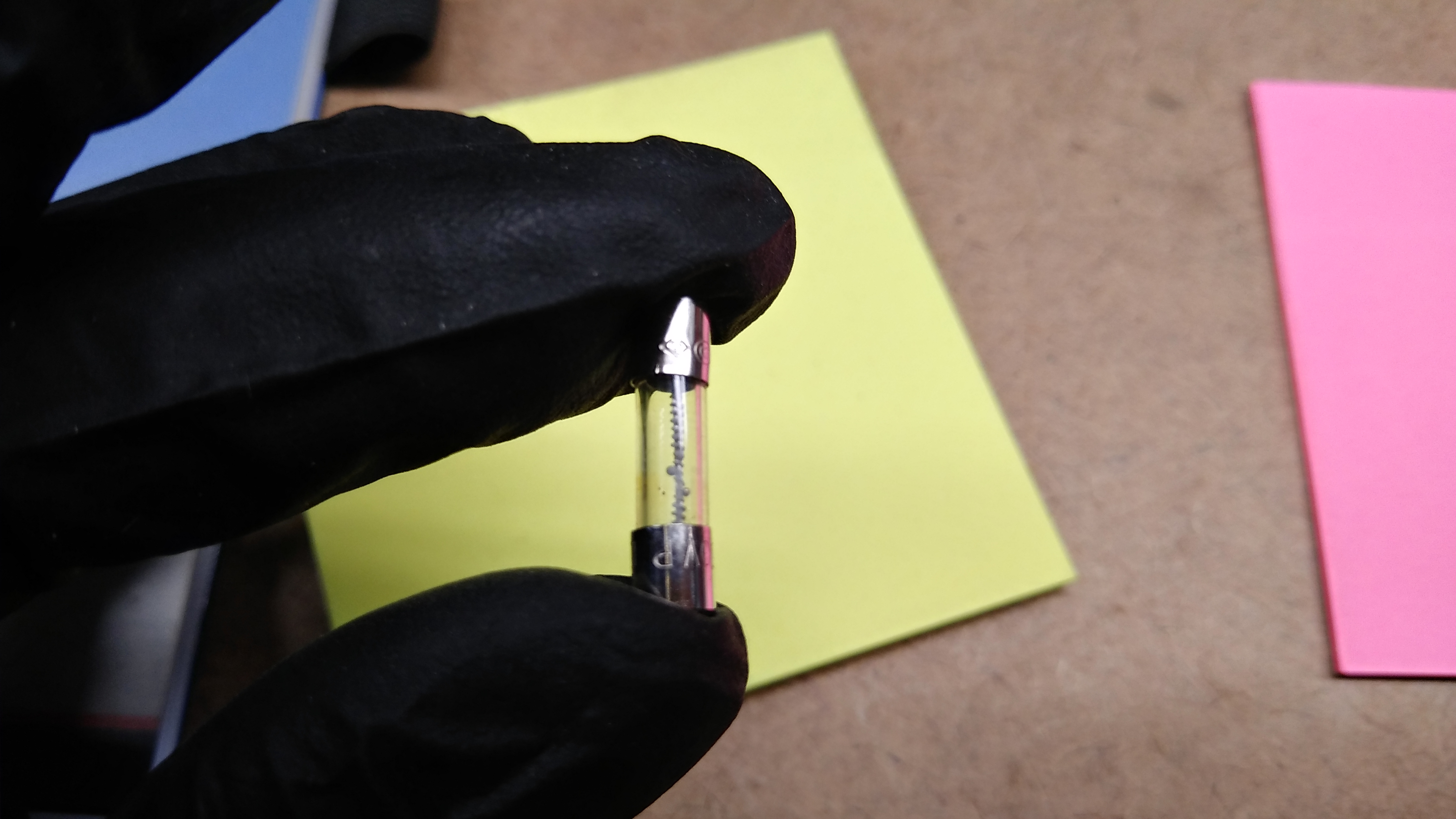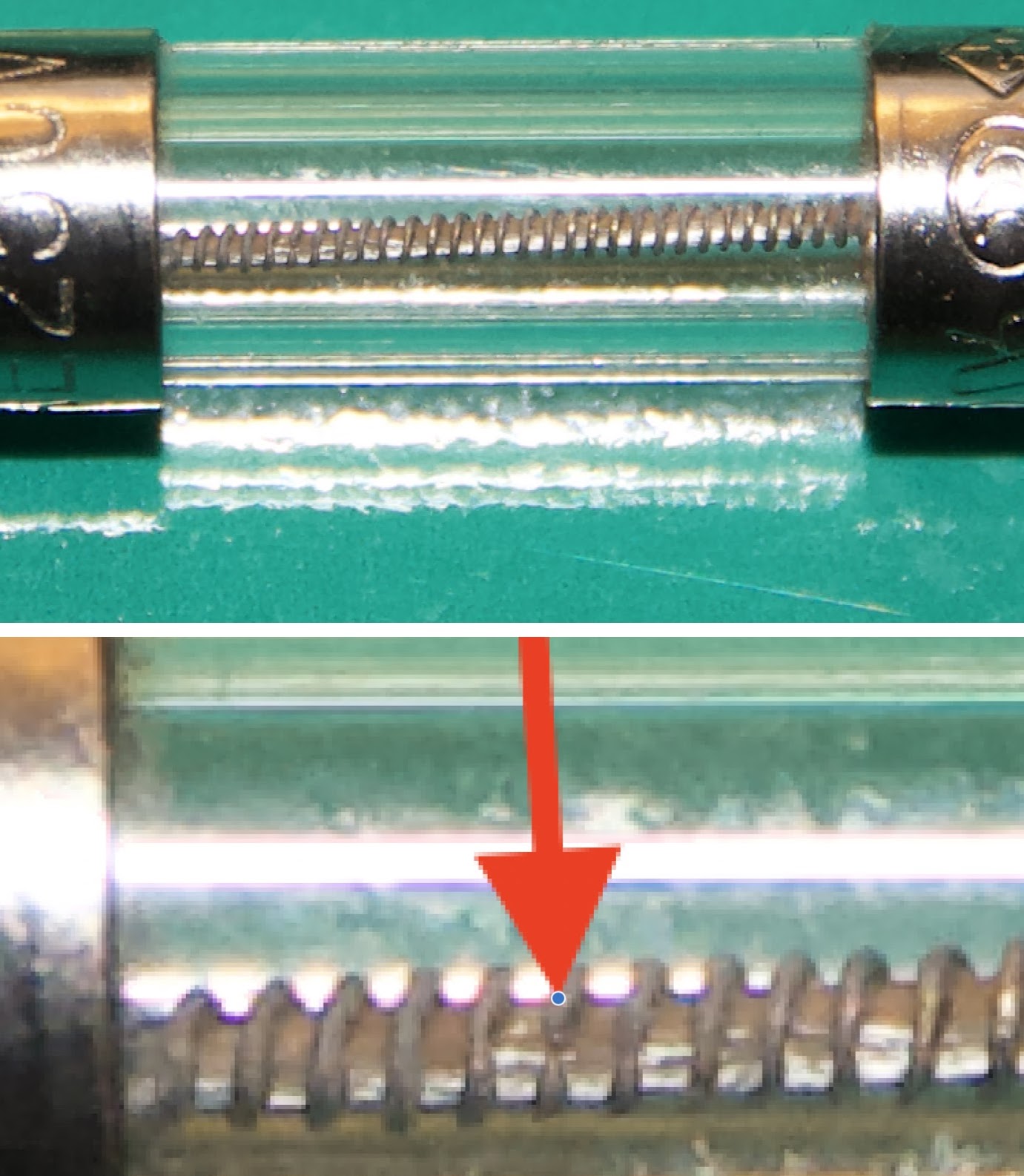In the interest of furthering the knowledge base this Community provides, I'm asking a question here -and will post the answer below- that I receive not infrequently when assisting Victron (and other) customers with troubleshooting their various devices and ask them to check the fuse to ensure that it's not blown or half-blown:
"Is it really possible for a fuse to half-blow? I've never heard of that!"


